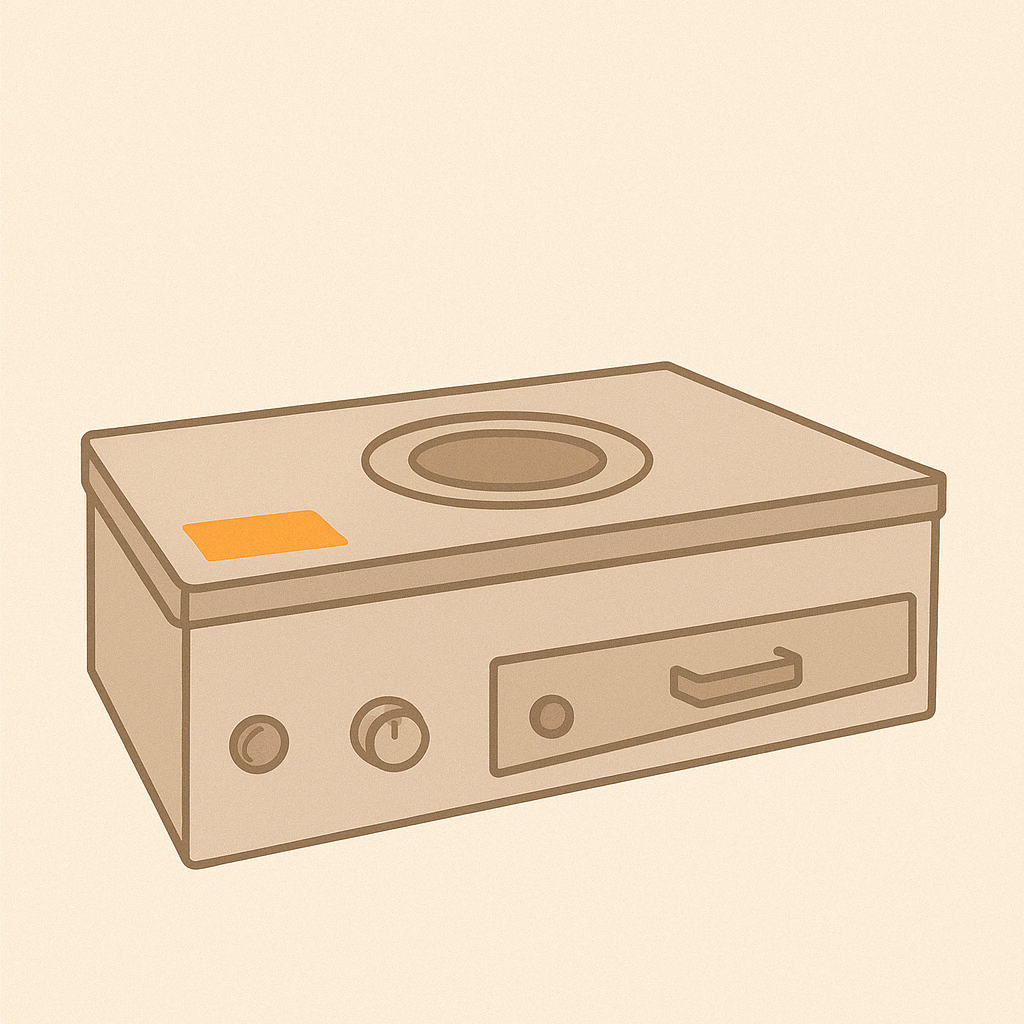Everyone has experienced it: One careless moment – and a nail is torn or even broken. Whether it's opening a door, carrying a bag, or due to everyday stresses, a broken nail can be not only annoying but also painful. Our nails are more than just an aesthetic detail – they protect the sensitive fingertips and are a reflection of our health. But what do we do when the damage has already occurred? Here you can learn everything about the causes, quick first aid measures , and effective methods for prevention .
Expert knowledge from our nail designer
To better understand how nail breakage occurs and what can be done about it, we spoke with our experienced nail designer, Jeanette. With years of experience in nail care and design, she knows the most common causes of nail breakage and offers valuable tips for keeping nails healthy and resilient.
What actually happens when a nail breaks?
A broken nail occurs when the nail plate is damaged or split. It is especially painful when the break is deep and the underlying nerves are affected. In severe cases, an open wound can even develop, which increases the risk of infection. If this occurs, you should definitely see a doctor . If only the nail graft is affected, but the natural nail is intact, the pain is often caused by the shock of the break.
What to do if a nail model breaks?
If a gel nail or other artificial nail breaks, a drop of nail glue can help temporarily stabilize the crack. This allows the nail to be filed down painlessly. However, caution is advised with deep breaks, as further damage to the nail plate may occur.
Do nail breaks only occur in natural nails?
No, artificial nails can also break – and it's not uncommon. This usually happens when the nail model grows out too long, resulting in a loss of stability. Incorrect nail construction or nails that are too long further increase the risk.
Avoid nail breakage – this is how it works
Nail breakage can often be prevented by following some important care and precautionary measures:
- Regular refilling of the modeling : If an artificial nail grows out too long, it loses stability and breaks more easily.
- Strengthen nail structure : Special nail hardeners, calcium gels and nourishing oils make the nails more resistant.
- Maintain the correct length : Nails that are too long are more prone to cracking and breakage. The ideal length depends on your nail structure and daily use.
- Fiberglass strips for greater strength : These can be incorporated into the modeling as reinforcement to prevent breakage.
SOS: First aid for broken nails
A torn or broken nail doesn't have to cause panic – with these measures you can limit the damage and relieve pain:
- Cool your fingers : If you are in pain, cold water helps to prevent swelling and inflammation.
- Do not pull or tear : Avoid picking at the affected area – this could worsen the damage.
- Smooth nails : Use a file to carefully round off sharp edges to prevent further cracks.
- Apply protection : Plasters or sterile bandages help protect the nail from further stress.
- Use nail glue : If there is no blood or open wounds visible, you can seal the tear with special nail glue.
- Avoid moisture : Keep the affected nail as dry as possible to prevent infection.
- Observe the nail : If the area becomes red, swollen, or pus forms, you should consult a doctor.
- Plan nail strengthening : After a break, the use of nail hardeners or strengthening care products can help make the nails more resistant.
- Reduce stress : Temporarily avoid activities that place heavy strain on the nail until it has stabilized.
A broken nail is annoying, but with proper care and first aid, it's not a big deal. By maintaining a healthy nail care routine and regularly strengthening your nails, you can minimize the risk. And if a crack does occur, little tricks like nail glue can help bridge the gap until it grows back.
With these tips, broken nails will be a thing of the past – for beautiful, healthy and resilient nails!
 Alle Produkte TPO-frei
Alle Produkte TPO-frei
 Satisfied customers
Satisfied customers




